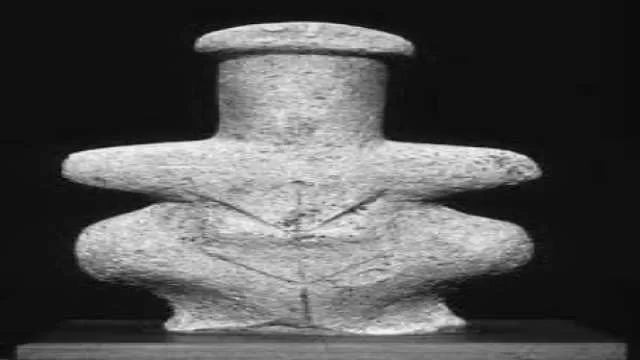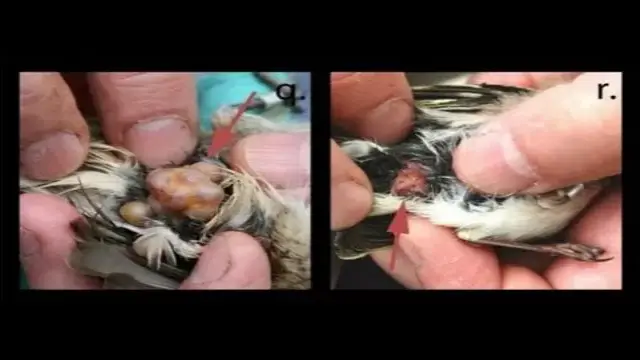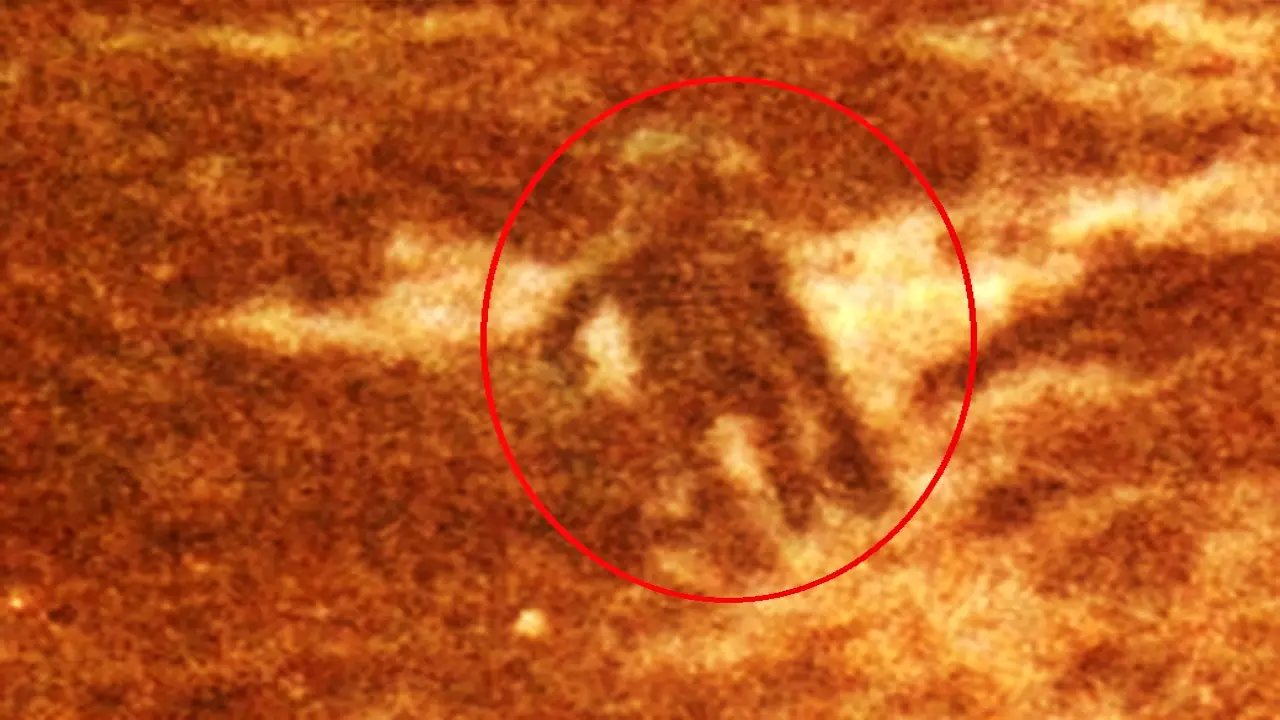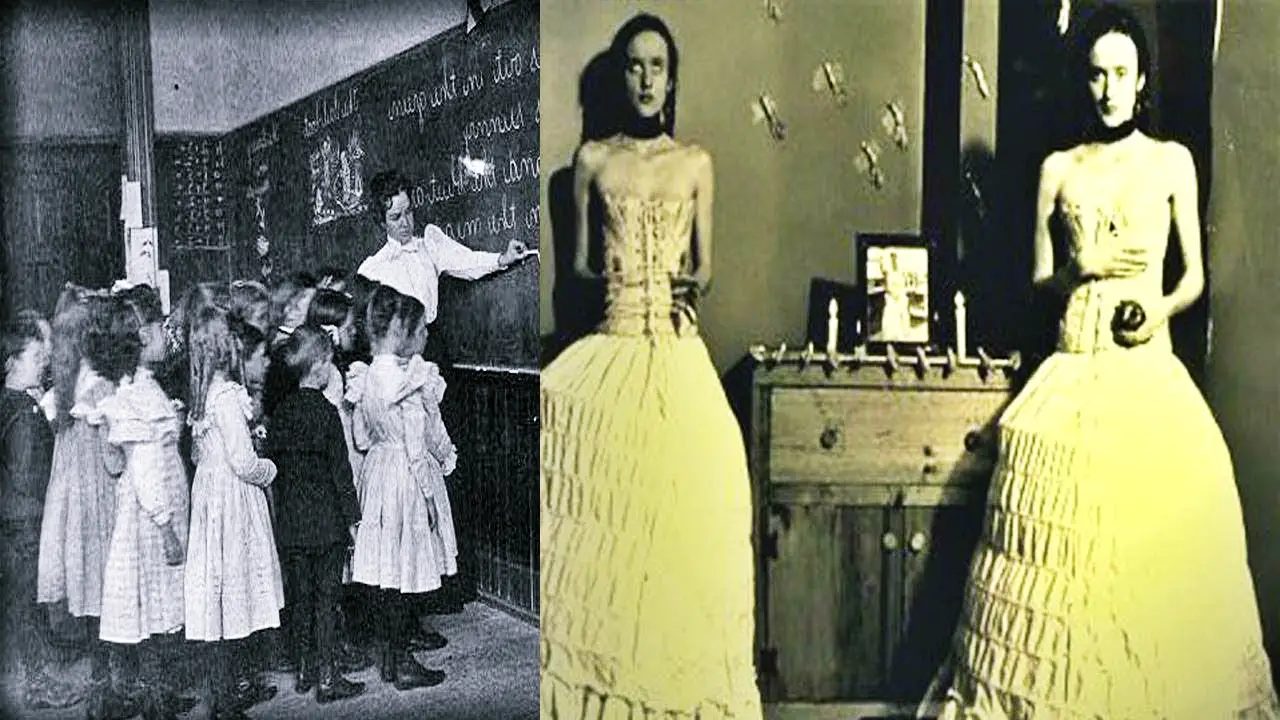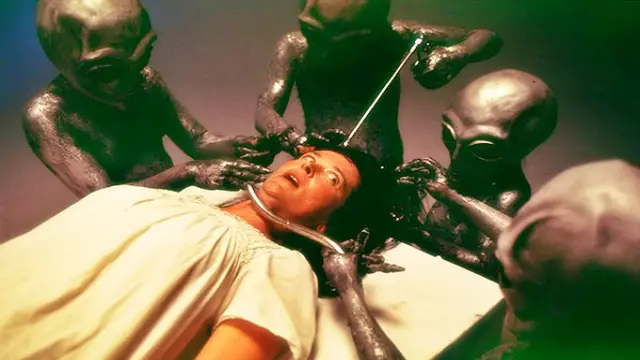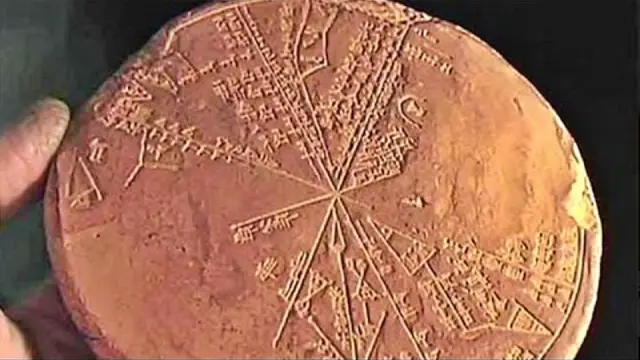The story of the Goddess of Death is a classic tale filled with mystery and intrigue. It begins in 1878 when an ancient statue was discovered in Lemb, Cyprus. This statue, made of pure limestone, dates back to 3500 BCE. It is believed to be a fertility figure, possibly offered to a goddess. However, its history took a dark turn, leading to its ominous nickname.
Key Points
The Dark History of the Statue
Initially named the Women from Lemb, the statue was soon associated with death. It became clear that anyone who owned it faced untimely demise. The first person to acquire the statue was Lord Elphont during the British colonial rule in Cyprus. Tragically, within six years, he and seven members of his family all died under mysterious circumstances.
The statue then made its way to Europe, where it was owned by Ivor Menucci. Sadly, he and his entire family also died of unexplained causes within four years. The next owner, Lord Thompson-Noel, faced a similar fate. Within four years of owning the statue, his entire family perished as well.
The Statue’s Disappearance
After these tragic events, the statue vanished for a time. It was later found in a cellar cabinet, raising more questions about its dark history. The last private owner was Sir Alan Biverbrook. He suffered greatly, as all but two of his sons died, along with his wife and two younger daughters.

Realizing the statue was cursed, the Biverbrook sons decided to donate it to the Royal Scottish Museum in the early 1900s. This museum has since been renamed the National Museum of Scotland.
A Haunting Legacy
The first curator to handle the statue, now known as the Goddess of Death, met a tragic end within the first year. This incident only added to the statue’s haunting reputation. Today, the limestone statue remains on display in the museum, but with strict precautions.
It is kept locked behind glass, and very few people are allowed to touch it. Those who do must wear gloves, ensuring they do not come into direct contact with the statue. This careful handling is believed to protect visitors from the curse that seems to linger around the statue.
Conclusion
The story of the Goddess of Death is a chilling reminder of how legends can grow around ancient artifacts. While there is no concrete proof that the statue is truly cursed, the series of unfortunate events surrounding its owners is hard to ignore.
Today, the statue remains a fascinating exhibit at the National Museum of Scotland. Visitors can view it safely, but many still wonder about the dark history it carries. Whether you believe in curses or not, the tale of the Goddess of Death continues to captivate and intrigue those who hear it. If you’re ever in Edinburgh, consider visiting the museum to see this mysterious statue for yourself!
